Before & After Testosterone Replacement Therapy


Related products
Definition of Testosterone Replacement Therapy (TRT)
Testosterone Replacement Therapy or as it's often abbreviated to (TRT) is a medical testosterone treatment designed to address the problem of low testosterone levels in men. TRT involves supplementing testosterone levels to a normal physiological range for men who have clinically low testosterone levels according to Dr Adrian Dobs, a professor of medicine and oncology at Johns Hopkins University. The testosterone replacement treatment aims to restore and replenish hormonal balance and alleviate symptoms associated with testosterone deficiency. It is important to maintain balanced testosterone levels, as they play a crucial role in a man's overall health, well-being and sex drive.
Importance of balanced testosterone levels
Balanced testosterone levels are essential for various physiological processes in men, such as maintaining muscle mass, having a healthy libido and improving cognition and mood. Testosterone is responsible for maintaining muscle mass, bone density, red blood cell production, and sexual function, as explained by Dr Abraham Morgentaler, a urologist and associate clinical professor of urology at Harvard Medical School.
Additionally, it contributes to cognitive function, mood regulation, and general energy levels. An imbalance in testosterone levels, particularly lower levels of testosterone, might negatively impact a man's health and quality of life as a whole. Therefore, addressing testosterone deficiency is crucial for maintaining overall health. In this article, we address and evaluate how testosterone replacement impacts men and what they look like before and after from both a physical and mental standpoint.
Reasons for testosterone deficiency
Testosterone deficiency results from various factors, including ageing, testicular injury or infection, chronic diseases, genetic factors, medications, treatments, and lifestyle factors. Understanding the underlying causes of low testosterone levels helps individuals and medical professionals develop appropriate testosterone treatment plans and strategies to address this deficiency and improve overall health.
Causes of low testosterone levels
Ageing and hormonal changes
Ageing is a natural process that often leads to a decline in testosterone production. According to the British Society for Sexual Medicine, testosterone levels begin to decline gradually after the age of 30, at a rate of approximately 1-2% per year. The decline in hormone production results in symptoms associated with low testosterone levels. However, not all ageing men experience significant symptoms or require testosterone replacement therapy.
Testicular injury or infection
In some cases, low testosterone levels are attributed to testicular injury or infections, such as mumps orchitis or testicular torsion. These conditions potentially lead to a reduction in testosterone production, as the testicles are the primary site of hormone synthesis. Testicular injuries might lead to permanent damage to the cells responsible for testosterone production, as stated by Dr Peter Stahl, a urologist and director of male reproductive and sexual medicine at Columbia University Medical Center. Therefore, it is vital to seek prompt medical attention for any testicular injuries or infections to prevent long-term consequences.
Chronic diseases
Certain chronic diseases, such as obesity, type 2 diabetes, and liver or kidney disease, contribute to low testosterone levels. Nearly 50% of men with type 2 diabetes had low testosterone levels as found by A study published in the journal Clinical Endocrinology. Chronic diseases are able to negatively impact the hypothalamic-pituitary-gonadal (HPG) axis, which regulates testosterone production, as explained by Dr Shehzad Basaria, an endocrinologist and associate professor of medicine at Harvard Medical School. Consequently, managing these chronic conditions help improve testosterone levels and overall health.
Genetic factors
Genetic factors potentially play a role in testosterone deficiency. For example, Klinefelter syndrome is a genetic condition where men have an extra X chromosome, leading to reduced testosterone production. Klinefelter syndrome affects about 1 in 500 to 1,000 live male births. In cases like these, testosterone replacement therapy might be necessary to address the hormonal imbalance according to the National Institute of Child Health and Human Development. For more information on Klinefelter syndrome, visit the National Institute of Child Health and Human Development.
Testosterone Injections Before and After Photos
Testosterone injections are a widely-used form of testosterone replacement therapy (TRT) for individuals experiencing low testosterone levels. These injections potentially lead to a significant improvement in physical, emotional, and cognitive symptoms associated with testosterone deficiency. Before undergoing TRT treatment, some individuals experience various symptoms, such as fatigue, decreased muscle mass, low libido, mood swings, and difficulty concentrating.
After beginning testosterone injections, or testosterone therapy, many patients report noticeable changes in their overall well-being. Physically, they often experience increased energy levels, enhanced muscle mass and strength, reduced body fat, and improved sexual function. Emotionally, mood swings and irritability might stabilise, and the symptoms of depression and anxiety may decrease. Cognitively, some individuals observe improved concentration and memory capabilities.
It is essential to note that the results of testosterone injections vary between individuals, and it might take several weeks or months to notice significant improvements. Regular monitoring and follow-up care by a healthcare professional is crucial to ensure the appropriate dosage and administration frequency, as well as to assess the overall effectiveness of the testosterone treatment. By closely following a tailored testosterone treatment plan, individuals experience the benefits of testosterone injections and improve their quality of life.
Medications and treatments
Certain medications and treatments might contribute to low testosterone levels. For instance, chemotherapy, radiation therapy, and opioid medications might negatively impact hormone production. Some medications disrupt the HPG axis, leading to reduced testosterone synthesis as stated by Dr Alvin Matsumoto, a geriatrician and professor of medicine at the University of Washington. It is crucial to consult with a healthcare professional if suspecting that testosterone therapy medications might be affecting testosterone levels. For more information on medications and their potential impact on hormone levels, visit the NHS website.
Lifestyle factors
Lifestyle factors, such as poor diet, lack of exercise, and high levels of stress, might have an influence on testosterone levels. Men who engaged in regular physical activity had higher testosterone levels than those who were sedentary as found by a study published in the journal Hormone and Metabolic Research. Additionally, a balanced diet rich in healthy fats, proteins, and micronutrients is essential for optimal hormone production. Managing stress through relaxation techniques, such as mindfulness and meditation, helps maintain balanced testosterone levels.
For more information on how lifestyle factors impact hormone levels, visit the NHS Live Well website. In conclusion, understanding the various factors that contribute to low testosterone levels is essential for addressing testosterone deficiency and improving overall health. Testosterone replacement therapy is an effective testosterone treatment for some men with clinically low testosterone levels, offering both physical and emotional benefits. However, it is vital to consider potential risks and side effects, as well as the importance of monitoring and follow-up care. Addressing lifestyle factors and underlying health conditions allows further support for the effectiveness of testosterone replacement therapy. This article was made by Welzo, the online medical journal, to provide comprehensive information on the causes, symptoms, and treatment options for testosterone deficiency.
Symptoms of low testosterone levels
Physical symptoms
Low testosterone levels manifest in various physical symptoms. These include:
Fatigue and low energy levels
Some men with low testosterone experience chronic fatigue and decreased energy levels. Low testosterone contributes to reduced motivation and energy levels, making it difficult to engage in daily activities, as explained by Dr Adrian Dobs of Johns Hopkins University.
Decreased muscle mass and strength
Testosterone plays a vital role in maintaining muscle mass and strength. As a result, men with low testosterone levels might notice a decrease in muscle mass, making it harder to maintain or build muscle through exercise. For more information on how testosterone affects muscle mass, visit the NHS website.
Increased body fat
Low testosterone levels might lead to an increase in body fat, particularly around the abdomen. This is because testosterone helps regulate fat distribution in the body. Increased body fat might further exacerbate hormonal imbalances and contribute to other health issues.
Reduced libido and erectile dysfunction
Testosterone is crucial for maintaining a healthy libido and sexual function. Some men with low testosterone levels experience a reduced desire for sex and difficulty achieving or maintaining an erection. For more information on how testosterone affects sexual function, visit the NHS website.
Emotional and cognitive symptoms
Low testosterone levels might have an impact on emotional well-being and cognitive function. These include:
Mood swings and irritability
Men with low testosterone levels might experience mood swings and increased irritability. Testosterone has a significant influence on mood regulation, and low levels contribute to emotional instability, as explained by Dr Abraham Morgentaler of Harvard Medical School.
Depression and anxiety
Low testosterone has been linked to an increased risk of depression and anxiety. A study published in the Journal of Clinical Psychiatry found that men with low testosterone levels were more likely to experience depressive symptoms than those with normal levels. For more information on the link between testosterone and depression, visit the NHS website.
Difficulty concentrating and memory issues
Cognitive function, including concentration and memory, might be affected by low testosterone levels. Men with low testosterone potentially struggle with tasks that require focus and experience forgetfulness. For more information on how testosterone affects cognitive function, visit the NHS website.
Diagnosing testosterone deficiency
Diagnosing testosterone deficiency typically involves a combination of tests and evaluations, including:
Blood tests and hormone levels
Blood tests are used to measure testosterone levels in the body. These tests are usually performed in the morning, as testosterone levels tend to be highest at this time. Repeating the test on at least two separate occasions to confirm the diagnosis of low testosterone, as recommended by Dr Shehzad Basaria of Harvard Medical School.
Physical examination
A physical examination is performed to assess overall health and identify any physical signs of low testosterone, such as reduced muscle mass, increased body fat, or gynecomastia (enlarged breast tissue). Additionally, inform a doctor of erectile dysfunction, cardiovascular events, anabolic steroid use, breast tenderness, low bone density and any health concerns.
Medical history
A thorough medical history helps identify potential underlying causes of low testosterone levels, such as prostate cancer, heart disease and other chronic diseases.
Additional tests, if necessary
In some cases, additional tests might be required to rule out other potential causes of the symptoms or to further investigate the underlying causes of low testosterone levels. These tests include imaging studies (such as an MRI or ultrasound), genetic testing, or assessments of other hormone levels, such as luteinising hormone (LH) and follicle-stimulating hormone (FSH).
For more information on the diagnostic process for testosterone deficiency, visit the NHS website. Once a diagnosis of testosterone deficiency has been confirmed, healthcare professionals are able to recommend appropriate treatment options, such as testosterone replacement therapy, to address the issue and improve the patient's overall health and well-being. It is essential to consider the potential risks and benefits of treatment, as well as the importance of ongoing monitoring and follow-up care. Addressing lifestyle factors and underlying health conditions further supports the effectiveness of testosterone replacement therapy. This article was made by Welzo, the online medical journal, to provide comprehensive information on the symptoms, diagnosis, and treatment options for testosterone deficiency.
Testosterone Replacement Therapy (TRT) options
There are various Testosterone Replacement Therapy (TRT) options available to address low testosterone levels. These include:
Intramuscular injections
Intramuscular injections involve administering testosterone directly into the muscles. These injections are typically administered every two to four weeks, depending on the specific formulation and individual requirements. Intramuscular injections provide a consistent release of testosterone, ensuring stable hormone levels, as stated by Dr Peter Stahl of Columbia University Medical Center.
Transdermal patches and gels
Transdermal patches and gels deliver testosterone through the skin, allowing for a steady release of the hormone. Patches are applied daily, while gels are applied once or twice a day, depending on the formulation. For more information on transdermal testosterone products, visit the NHS website.
Oral medications
Oral medications, such as testosterone undecanoate, are another option for TRT. These pills are taken with meals to enhance absorption and typically require multiple daily doses to maintain stable hormone levels. It is important to note that some oral testosterone medications might have a higher risk of liver toxicity than other forms of TRT.
Subcutaneous pellets
Subcutaneous pellets are small, slow-release testosterone implants that are inserted under the skin, usually in the hip or buttock area. These pellets release testosterone over several months, providing consistent hormone levels. Pellets typically need to be replaced every three to six months.
Nasal gels
Nasal gels are a less common form of TRT, delivering testosterone through the nasal passages. The method is applied two to three times daily and is more convenient for some individuals.
Potential risks and side effects of TRT
While Testosterone Replacement Therapy provides significant benefits for men with low testosterone levels, it is essential to consider the potential risks and side effects associated with treatment. These include:
Prostate health concerns
TRT might contribute to an increased risk of prostate issues, including benign prostatic hyperplasia (BPH) and prostate cancer. Regular prostate screenings and monitoring are recommended for men receiving testosterone therapy. For more information on prostate health and TRT, visit the NHS website.
Cardiovascular risks
There is ongoing debate about the potential cardiovascular risks associated with TRT. Some studies have suggested an increased risk of heart attacks and strokes, while others have found no significant association. It is important to discuss these risks with a healthcare professional before starting treatment.
Sleep apnoea
TRT potentially exacerbate sleep apnoea, a condition where breathing repeatedly stops and starts during sleep. Men with pre-existing sleep apnoea must be closely monitored during testosterone therapy.
Infertility and testicle shrinkage
Testosterone therapy potentially suppresses sperm production and might lead to testicle shrinkage, which results in infertility. This side effect is generally reversible once treatment is discontinued.
Skin reactions and acne
Some men experience skin reactions or acne as a result of TRT, particularly with transdermal patches and gels. Adjusting the dosage or changing the method of administration helps alleviate these side effects.
Mood changes
Although TRT improves mood in some men with low testosterone levels, some individuals experience mood changes.
The benefits of TRT
Testosterone Replacement Therapy provides significant benefits for men with low testosterone levels, including both physical and emotional improvements:
Physical improvements
TRT might lead to various physical improvements, such as:
Increased energy levels
Men undergoing TRT often report increased energy levels and reduced fatigue, allowing them to engage in daily activities more easily and maintain a more active lifestyle.
Enhanced muscle mass and strength
Testosterone therapy might help restore muscle mass and strength, making it easier for men to maintain or build muscle through exercise. For more information on how TRT impacts muscle mass, visit the NHS website.
Reduced body fat
TRT might help reduce body fat, particularly around the abdomen, by regulating fat distribution in the body, leading to improved overall health and a reduced risk of obesity-related conditions.
Improved libido and sexual function
Testosterone therapy is linked to helping restore libido and improve sexual function in men with low testosterone levels. This includes an increased sex drive and improved ability to achieve and maintain an erection, assisting with erectile dysfunction. For more information on how TRT impacts sexual function, visit the NHS website.
Emotional and cognitive improvements
In addition to physical benefits, testosterone replacement therapy trt might lead to significant emotional and cognitive improvements, including:
Stabilised mood and reduced irritability
TRT is able to help stabilise mood and reduce irritability in men with low testosterone levels, leading to improved relationships and overall well-being.
Decreased depression and anxiety symptoms
Testosterone therapy has been shown to reduce symptoms of depression and anxiety in men with low testosterone levels, resulting in an improved quality of life and better mental health. For more information on the link between TRT and depression, visit the NHS website.
Enhanced concentration and memory
TRT improve cognitive function, including concentration and memory, in men with low testosterone levels, leading to better performance at work and in daily tasks. For more information on how TRT impacts cognitive function, visit the NHS website. Overall, Testosterone Replacement Therapy offers numerous benefits for men with low testosterone levels, leading to improved physical, emotional, and cognitive well-being. It is essential to consider the potential risks and side effects associated with treatment and work closely with a healthcare professional to ensure the most appropriate and effective therapy is utilised. Addressing lifestyle factors and underlying health conditions further supports the effectiveness of testosterone replacement therapy. This article was made by Welzo, the healthcare platform, to provide comprehensive information on the benefits, risks, and treatment options for testosterone deficiency.
Monitoring and follow-up care
It is crucial to ensure that Testosterone Replacement Therapy is effective and safe for each individual. Monitoring and follow-up care are essential components of a successful TRT regimen:
Regular blood tests and hormone level assessments
Regular blood tests and hormone level assessments are vital to ensure that testosterone levels remain within the target range. These tests help healthcare professionals evaluate the effectiveness of the treatment and adjust the dosage if necessary.
Adjusting TRT dosage, if necessary
Adjusting the TRT dosage might be required based on the results of blood tests and hormone level assessments, as well as the individual's response to treatment. A healthcare professional closely monitors the patient and make any necessary adjustments to ensure optimal hormone levels are maintained.
Monitoring for potential side effects
Monitoring for potential side effects is essential during TRT, allowing for early intervention and appropriate management of any issues that arise. Regular check-ups with a healthcare professional help identify and address side effects before they become problematic.
Evaluating the overall effectiveness of the treatment
Evaluating the overall effectiveness of TRT involves assessing the patient's response to treatment, including improvements in physical, emotional, and cognitive well-being. This ongoing evaluation helps ensure that the therapy is beneficial and that any potential risks are adequately managed.
Lifestyle changes to support TRT
In addition to Testosterone Replacement Therapy, lifestyle changes further support the effectiveness of the treatment and contribute to overall health and well-being. These include:
Regular exercise
Regular exercise is crucial for maintaining overall health and helps improve testosterone levels. Engaging in a combination of cardiovascular and resistance training exercises helps support muscle mass, strength, and cardiovascular health.
Healthy diet and weight management
A healthy diet and maintaining a healthy weight help support hormone balance and overall health. Focus on consuming a balanced diet rich in fruits, vegetables, whole grains, lean proteins, and healthy fats. For more information on a healthy diet, visit the NHS website.
Stress management and relaxation techniques
Stress management and relaxation techniques help support hormone balance and overall well-being. Practices such as meditation, yoga, deep breathing, or mindfulness help reduce stress and promote relaxation.
Adequate sleep and sleep hygiene
Adequate sleep is essential for maintaining hormone balance and overall health. Practice good sleep hygiene by establishing a consistent sleep schedule, creating a comfortable sleep environment, and limiting exposure to screens and stimulants before bedtime.
Limiting alcohol and tobacco consumption
Limiting alcohol and tobacco consumption helps support hormone balance and overall health. Excessive alcohol consumption and tobacco use might negatively impact testosterone levels and contribute to other health issues. By implementing these lifestyle changes alongside Testosterone Replacement Therapy, men with low testosterone levels further support the effectiveness of the treatment and improve their overall health and well-being.
Conclusion
In conclusion, addressing testosterone deficiency is essential for men who experience symptoms associated with low testosterone levels. Testosterone Replacement Therapy (TRT) and lifestyle changes provide significant benefits for these individuals, including improvements in physical, emotional, and cognitive well-being. However, it is crucial to consider the potential risks and side effects associated with TRT and work closely with a healthcare professional to ensure the most appropriate and effective therapy is utilised. The benefits of TRT might be substantial, but it is essential to weigh these against the potential risks and side effects. Regular monitoring and follow-up care are critical components of a successful TRT regimen, helping to ensure the therapy is safe and effective for each individual.
Lifestyle changes, such as regular exercise, a healthy diet, stress management, adequate sleep, and limiting alcohol and tobacco consumption, further support the effectiveness of TRT and contribute to overall health and well-being. By implementing these lifestyle changes alongside Testosterone Replacement Therapy, some men with low testosterone levels experience significant improvements in their quality of life. Ongoing monitoring and follow-up care are necessary to ensure that TRT remains effective and safe over time. Regular blood tests and hormone level assessments, adjusting TRT dosage as needed, and monitoring for potential side effects are all crucial aspects of a successful treatment plan. In summary, addressing testosterone deficiency through Testosterone Replacement Therapy and lifestyle changes leads to significant improvements in the lives of affected individuals.
By working closely with healthcare professionals and adopting a proactive approach to treatment, men with low testosterone levels are able to overcome the challenges associated with this condition and enjoy a healthier, more fulfilling life. This article was made by Welzo, the online medical journal, to provide comprehensive information on the benefits, risks, and treatment options for testosterone deficiency.












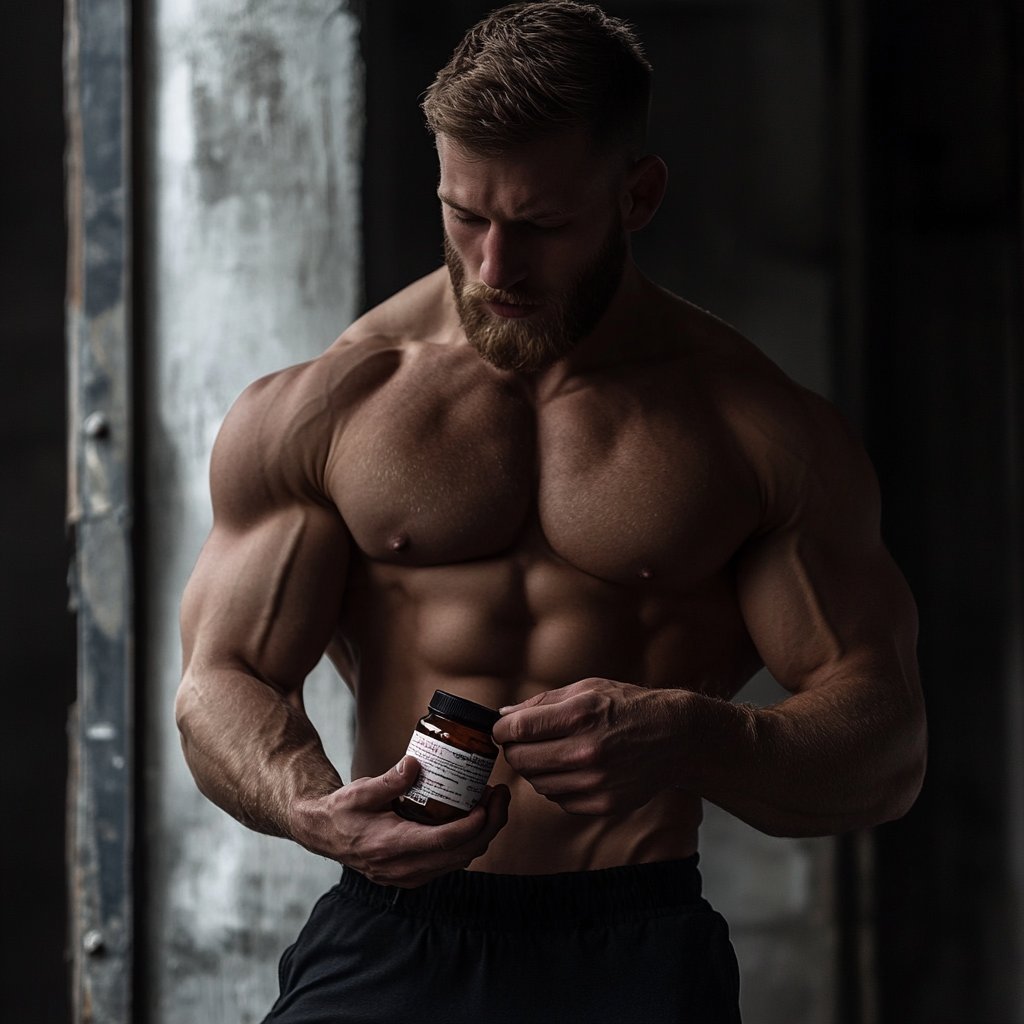


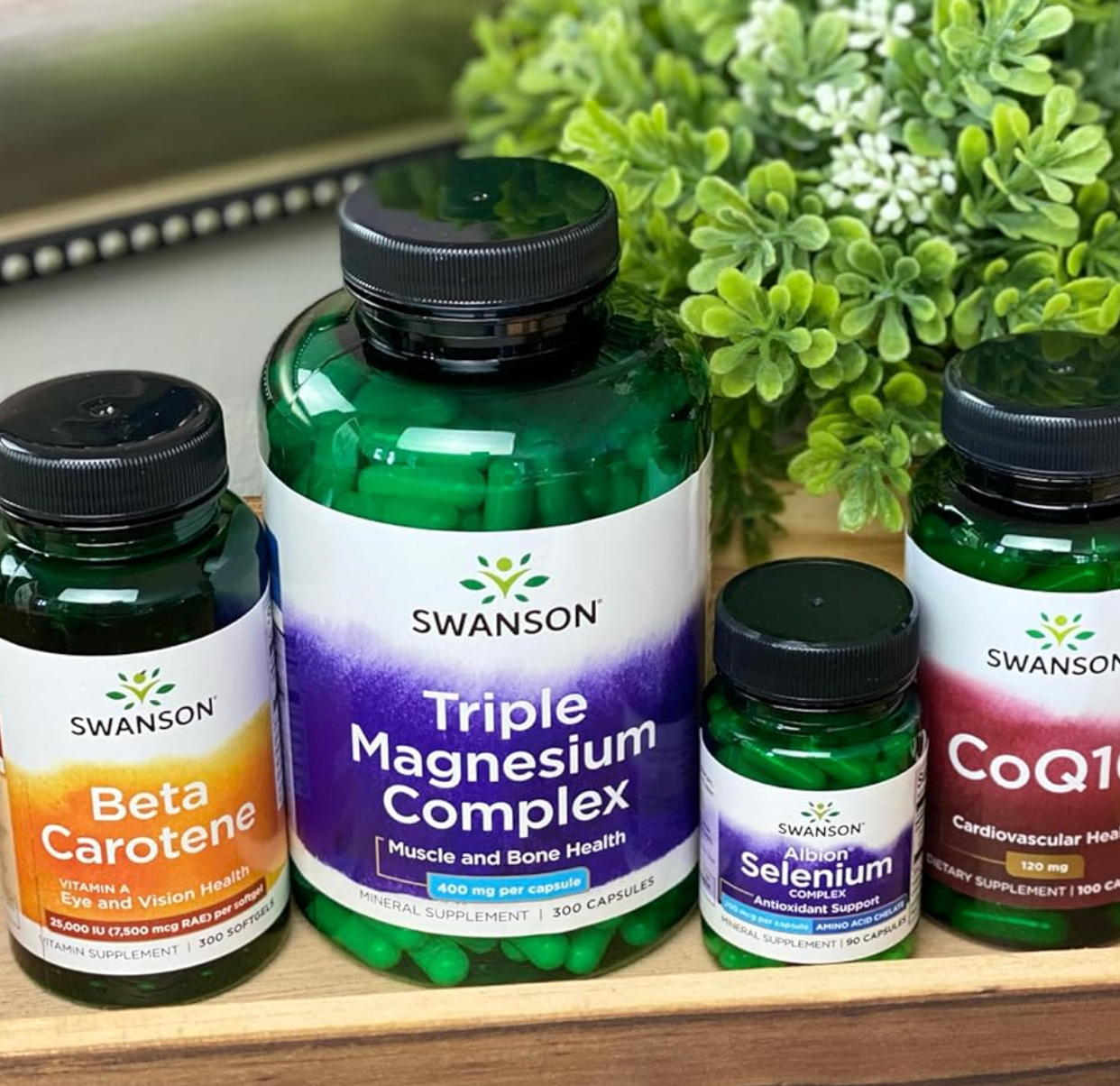
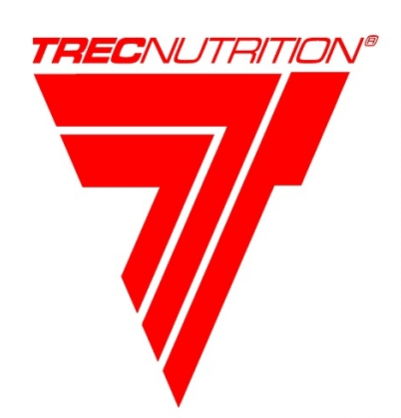















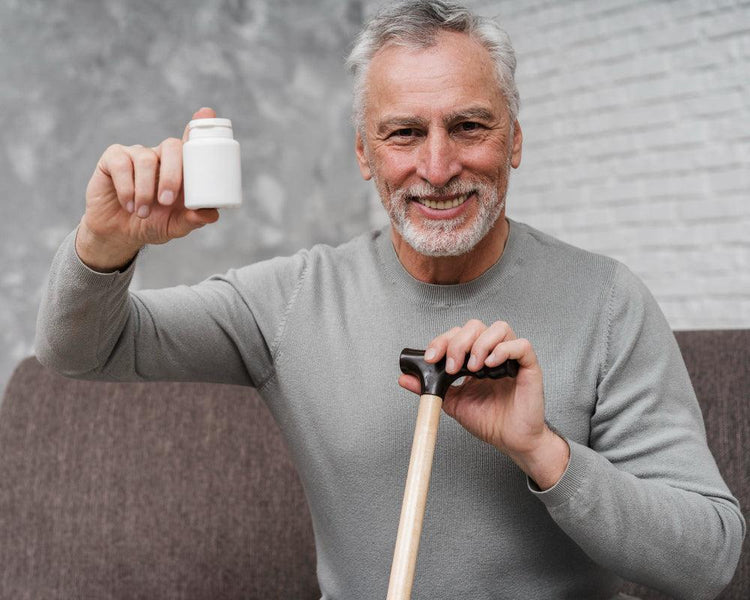

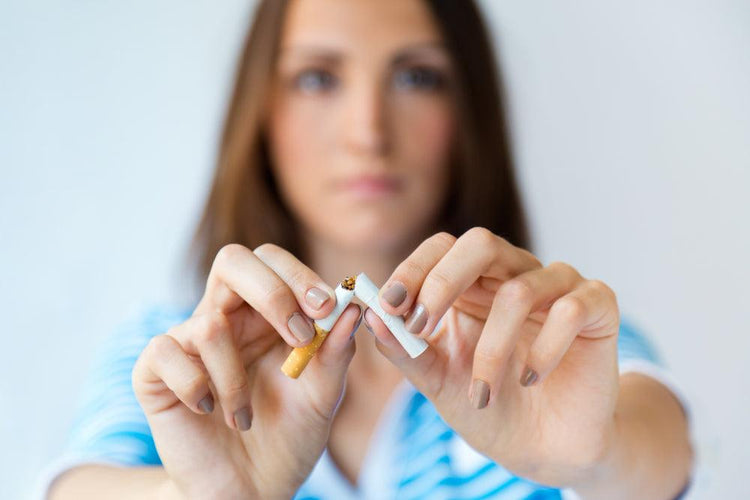

 Rated Excellent by 26,523+ Reviews
Rated Excellent by 26,523+ Reviews